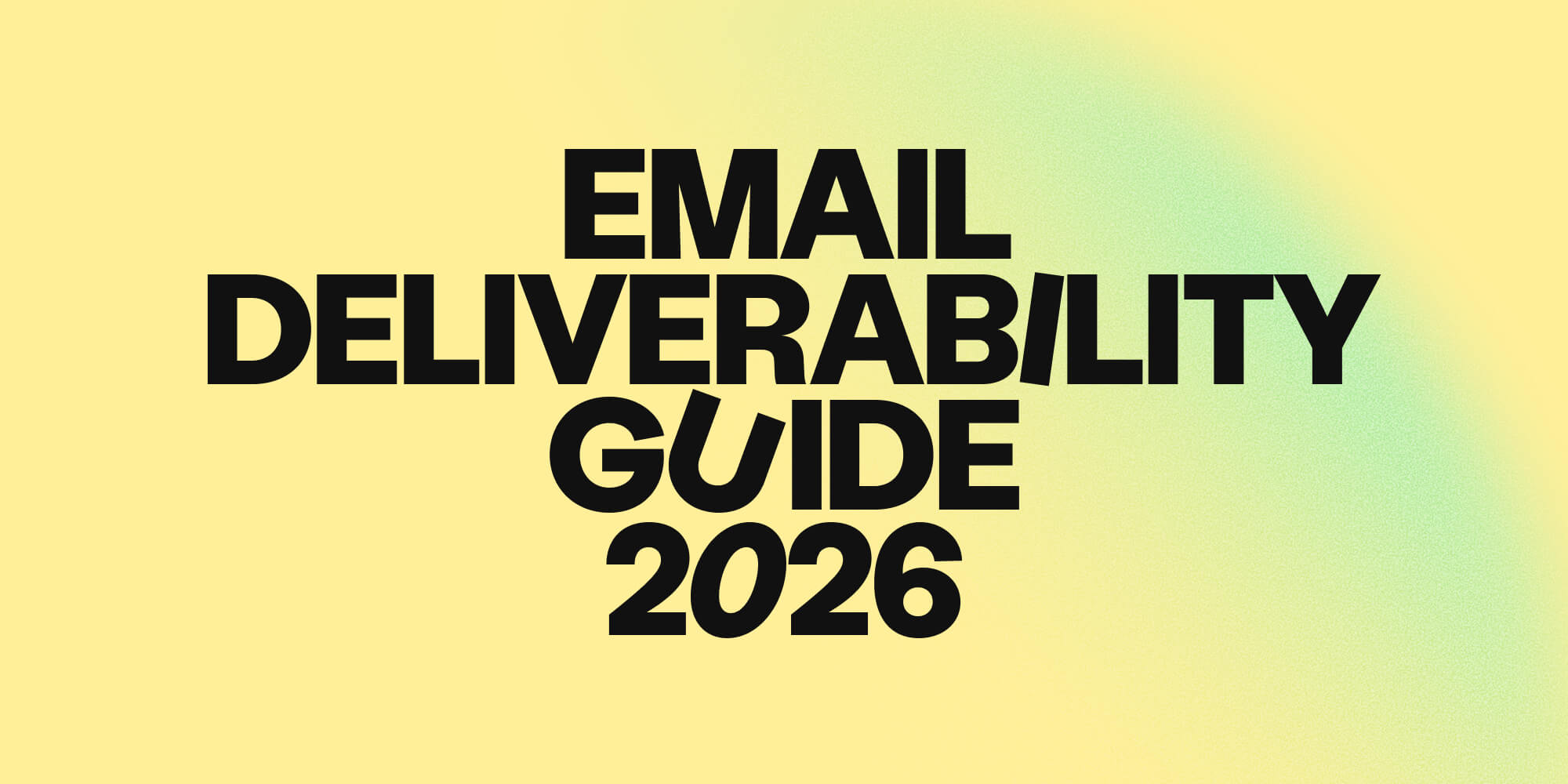Lead generation vs. demand generation: everything you need to know
•
March 2, 2024
.jpg)
Although sometimes used interchangeably, the terms “demand generation” and “lead generation” do not refer to the same thing.
But that’s not to say that lead generation and demand generation are incompatible and can’t be used together. The most successful B2B teams are those that manage to harmonize their sales and marketing efforts with these strategies, and so keep their sales funnel full and flowing.
In this blog, we’ll explore the differences between demand generation and lead generation, how to build successful strategies for each, and how to combine them for maximum effect in your pipeline generation.
What’s the difference between demand generation and lead generation?
Demand generation is all about creating awareness and interest in your company's products and services. It’s the process of making potential customers aware of a problem and then introducing your solution.
Demand generation activities - like visiting your social profile or company homepage - occur at the top of the sales funnel, focusing on brand awareness and early engagement.
Lead generation is the next stage down in your sales funnel from demand generation: the conversion of interest into concrete leads. These are prospects who have shown enough interest in your product or service at the demand generation stage to provide their personal information - for instance, by filling out a form on your website or registering for a demo.
Lead generation typically involves more direct and transactional methods to encourage this conversion.
However, it should be obvious that the two - demand and lead generation - are inextricably linked!
If your demand generation is lacking, this will be borne out by poor lead generation results.
The key elements of demand generation marketing
Demand generation is foundational in marketing and lays the groundwork for lead generation.
As the first step at the top of the funnel journey, the purpose of demand generation is to make prospects aware of the problem your solution solves. This involves:
- Educating the market: creating content that answers potential customers’ questions and solves their problems, bringing them immediate value.
- Building brand awareness: establishing your brand as a thought leader in your industry, which in turn attracts more people to engage with your business.
- Focusing on engagement over transaction: unlike lead generation, demand generation is less about making a sale and more about building a relationship with potential customers.
B2B demand generation strategies and tactics
When it comes to organizing your demand generation efforts, you should focus on providing educational and informative value to prospects, not pitching your product.
The idea is to create demand for your solution, i.e. to sow the seeds of what an ideal solution to a problem would look like in your prospect’s head.
You should focus your demand generation efforts in:
- Content marketing: Creating and disseminating informative content - blogs, articles, guides, free resources, newsletters etc. - to educate and engage potential customers.
- Social media and SEO: Using social media and search engine optimization to increase brand visibility, reach, and traffic.
- Community building: Participating in or creating online communities relevant to your industry and networking to start conversations with your target audience.
Remember, effective demand generation means creating content for your Ideal Customer Profile. There’s no point creating content for people outside your target market because you’ll struggle to convince them to buy your solution! This is critical for optimizing your customer acquisition cost (CAC).
The key elements of lead generation
Once you’ve nailed down your demand generation, you’ll need to refine your lead generation to harness the interest you’ve nurtured into potential sales opportunities. This means:
- Focusing on product benefits: Highlighting the unique selling points of your product or service in relation to the problems you’ve talked about in your content.
- Converting awareness into action: emphasizing the urgency of the prospect can solve with your solution to encourage them to take action.
- Using targeted content: creating gated content like eBooks, webinars, or ad forms to capture prospect details.
B2B lead generation strategies and tactics
Your lead generation strategy should flow logically on from your demand generation strategy to fuel your pipeline. You can consider:
- Direct outreach: contacting leads who have engaged with your content directly through email marketing or cold calling.
- Creating compelling CTAs: using relevant calls-to-action across your website and content that encourage potential leads to take the next step.
- Leveraging networking opportunities: Utilizing trade shows, webinars, or other industry events to gather lead sign-ups.
- Qualifying leads: implementing a lead-scoring framework that will help you identify the most qualified potential buyers from your demand generation efforts.
Leveraging demand generation and lead generation for business growth
In enhancing brand and problem awareness, demand generation is the crucial first step of your sales funnel. But lead generation is equally indispensable in converting potential prospects into sales-qualified leads (SQLs). Instead of viewing the strategies in opposition to each other, top-performing teams know to blend demand generation and lead generation together in their marketing strategies to keep CACs low and their pipeline full.
Mastering lead and demand generation depends on having an extremely nuanced understanding of your target audience, what they’re engaging with, and what they’re concerned about right now. Amplemarket’s Buying Intent Signals is a marketer’s best friend when it comes to this; thanks to our AI, you can identify exactly who is checking out your competitors or engaging with their content, add these leads to lists, and target them with hyper-specific marketing campaigns.
Learn more about Amplemarket’s intelligence here!
Subscribe to Amplemarket Blog
Sales tips, email resources, marketing content, and more.










